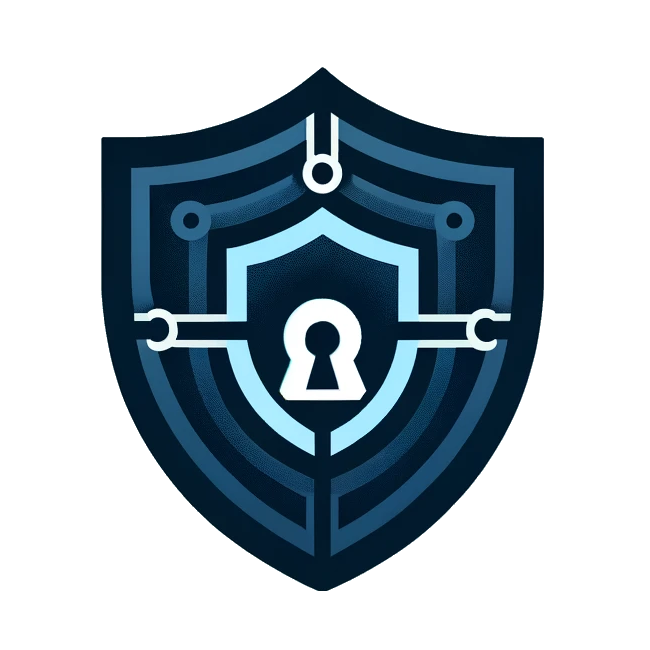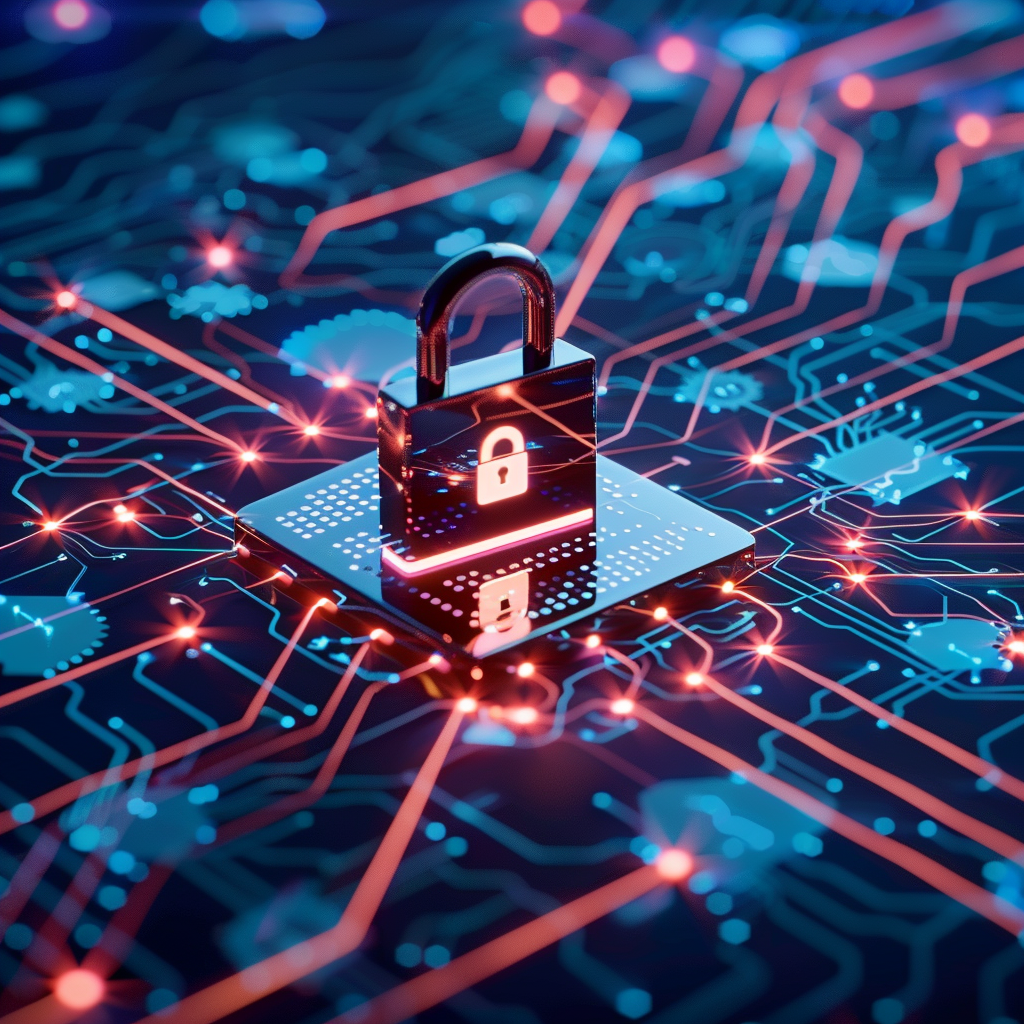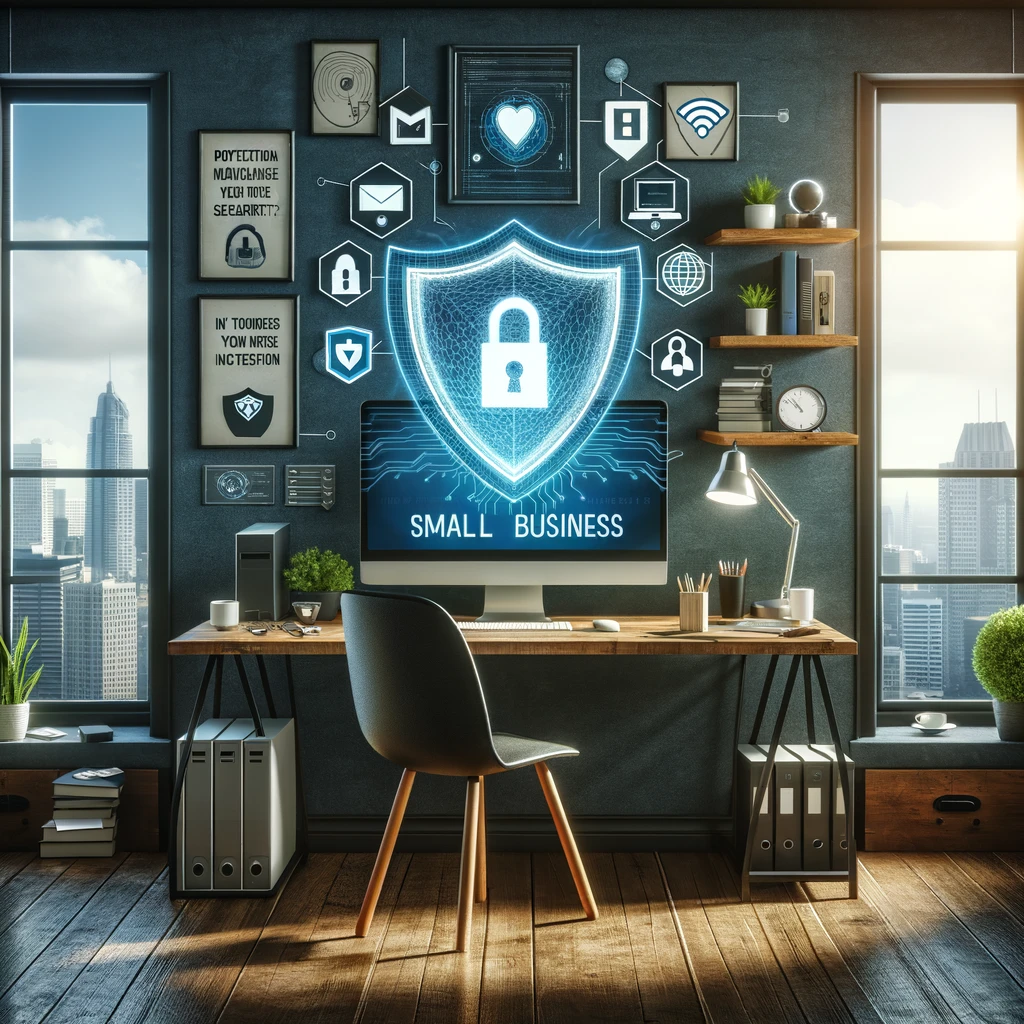Why You Should Replace Default PINs and Passwords with Unique, Strong Ones
Replacing default passwords and PINs on devices and accounts is a crucial step in enhancing your security. Default credentials are often simple, predictable, and widely known, making them prime targets for attackers who exploit these oversights to gain unauthorized access to your devices, accounts, and networks. By replacing these default passwords with strong, unique ones that include a mix of letters, numbers, and symbols, you significantly reduce the risk of cybercriminals breaking into your systems.
Replace default passwords as soon as you set up any new device or service, and make it a habit to regularly update your credentials to ensure ongoing protection. This proactive measure helps safeguard your personal information, prevent unauthorized access, and ensure that your devices and networks are secure in an increasingly connected world.
Risks of Keeping Default PINs and Passwords
- Publicly Known Defaults:
- Manufacturers often use default credentials like “admin,” “password,” or “1234” for ease of setup. These are widely available online and used in automated attacks.
- Brute-Force Attacks:
- Weak, predictable default passwords are easier for attackers to guess using brute-force techniques.
- Unsecured Networks and Devices:
- Routers, smart home devices, and IoT gadgets often ship with default credentials, leaving them vulnerable to unauthorized access or control.
- Compromised Systems:
- Once attackers gain access, they can steal data, install malware, or use your device as part of a botnet.
Common Devices with Default PINs and Passwords
- Home Routers:
- Many routers come with default admin credentials, making them a common target for attackers seeking to infiltrate home networks.
- IoT Devices:
- Smart cameras, thermostats, doorbells, and other IoT devices often use default settings that are rarely changed by users.
- Mobile Devices:
- Some devices come with preset PINs or simple default codes like “0000” or “1234.”
- Business Systems:
- Office equipment like printers, VoIP phones, or even servers may have default credentials that need to be changed upon installation.
- Web Applications and Databases:
- Admin accounts on software or systems often come with default usernames and passwords that need immediate replacement.
What Makes a Password or PIN Strong?
- Characteristics of a Strong Password:
- At least 12-16 characters.
- Avoid dictionary words, predictable sequences (e.g., “123456”), or personal information (e.g., birthdays).
- A mix of uppercase and lowercase letters, numbers, and special characters.
- Example:
Xy!9kP@73Lq#1z
- Characteristics of a Strong PIN:
- At least 6-8 digits.
- Avoids patterns like “123456” or repeating digits like “111111.”
- Doesn’t use dates or easy-to-guess numbers.
- Example:
859274
- Uniqueness:
- Each device or account should have a unique password or PIN to ensure that a breach in one system doesn’t compromise others.
How to Replace Default PINs and Passwords
- Access the Device Settings:
- Log into the device or software using the default credentials provided in the manual or on the manufacturer’s website.
- Navigate to Security Settings:
- Look for options labeled “Change Password,” “Admin Settings,” or “Security.”
- Create a Unique Password or PIN:
- Use a password manager to generate and securely store complex passwords.
- Save Your New Credentials:
- Record the updated credentials in a password manager or another secure location.
- Disable Remote Access if Unnecessary:
- For devices like routers or IoT gadgets, disable remote access to prevent unauthorized login attempts.
Best Practices for Managing PINs and Passwords
- Use a Password Manager:
- Tools like LastPass, Dashlane, or Bitwarden can generate, store, and autofill unique passwords for all your accounts and devices.
- Enable Two-Factor Authentication (2FA):
- Add an extra layer of security by requiring a second authentication step, such as a code from a mobile app.
- Regularly Update Passwords:
- Change passwords periodically, especially for critical systems or accounts.
- Avoid Reusing Passwords:
- Never use the same password across multiple accounts or devices.
- Test Device Security:
- Run scans or audits to ensure there are no backdoors or remaining default settings.
Why This Matters: Real-World Examples
- Mirai Botnet Attack (2016):
- Hackers exploited default credentials on IoT devices to create a botnet that launched one of the largest distributed denial-of-service (DDoS) attacks in history.
- Routers and Network Attacks:
- Default passwords on routers have allowed attackers to gain access to home networks, stealing data or redirecting traffic to malicious websites.
- Smart Home Breaches:
- Security cameras and baby monitors with default credentials have been hijacked, leading to privacy invasions.
Benefits of Replacing Default PINs and Passwords
- Prevents Unauthorized Access:
- Stops attackers from easily gaining control over devices or accounts.
- Improves Data Security:
- Protects sensitive information stored on devices or networks.
- Strengthens Network Defenses:
- Secure routers and IoT devices prevent hackers from accessing your home or office network.
- Enhances Peace of Mind:
- Knowing that your devices and accounts are secure reduces stress and worry.
Conclusion
Replacing default passwords and PINs with unique, strong credentials is a critical and foundational step in securing your devices, accounts, and networks. Default passwords are often simple and widely known, making them an easy target for cybercriminals. By choosing strong, complex passwords, you drastically reduce your exposure to cyber threats and protect your sensitive data from unauthorized access.
However, replacing default passwords is just the beginning. To strengthen your security further, combine this practice with regular password management, timely software updates, and additional security measures like two-factor authentication. Together, these steps build a robust defense against potential attacks and ensure that your personal and professional information remains secure in an increasingly digital world.

Penetra Cybersecurity is at the forefront of defending the digital frontier, providing cutting-edge solutions to protect businesses and organizations from the ever-evolving threats of the cyber world. Established with a mission to create a safer internet for everyone, Penetra leverages a blend of advanced technology, expert knowledge, and proactive strategies to stay ahead of cybercriminals.
Ready to take the next step towards a more secure future? Schedule a consultation with us today and discover how we can help protect what matters most to you. Don’t wait until it’s too late—with Penetra Cybersecurity, your business isn’t just secure; it’s imPenetrable.




